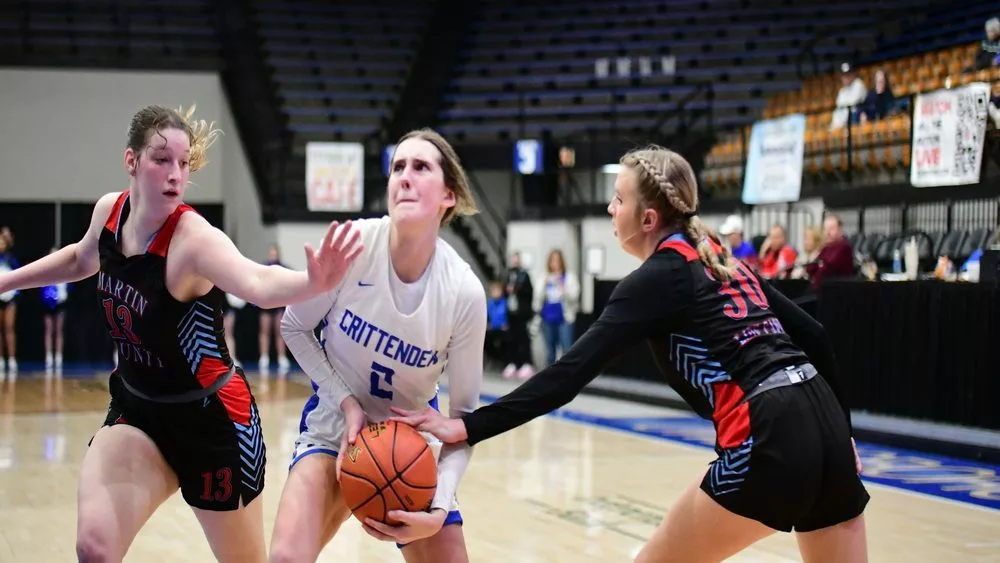Kelly Jackson
Christian County Extension Office
Winterizing Your Concrete Garden Art
Though there are many seasonal jobs to be done to prepare plants for winter, don’t forget about an equally important part of the landscape – your garden art. Items like containers, birdbaths and fountains, especially those made of concrete, need some special attention this time of year. Rapid changes in temperature and humidity cause concrete to expand and contract, eventually leading to cracking.
Outdoor fountains often represent a significant investment. Cracks that develop when water freezes in the fountain basin could render it useless. Keeping your fountain safe this winter can be simply done by taking a few preventative steps. The idea situation would be to disassemble your fountain and store it indoors, in a shed or garage, to completely protect it from winter weather. If it is too large or awkward to move and must remain outside, your first step is to drain all the water from the basin. If possible remove the pump and clean it. Submersible pumps can be stored in a bucket filled with water (to keep the seals and gaskets from drying out) and placed indoors. The most important step is to protect the concrete basin. If the basin is left to the elements, ice could form in the bowl causing the concrete to shale and crack due to the force of water solidifying and expanding along the concrete surface. The most fail-safe way to prevent this is to fill the basin with an absorbent material such as burlap sacks or blankets that will absorb condensation then cover the fountain with a tarp, heavy duty plastic, or commercial fountain covers. Secure the cover to the fountain with twine. If you have a tiered fountain that is not cemented together, remove the top tiers and place them indoors. Other fountains made from products like Styrofoam-core or concrete with fiber may fare better during the winter, but would last much longer if prepared like concrete fountains. Never put antifreeze in your fountain water as it is a serious danger to children, pets, and wildlife.
Concrete birdbaths can experience the same problem as fountains if water freezes in the basin. Turning the bowl upside-down on the pedestal is typically all that is needed to protect your birdbath. However, I would encourage avid gardeners and bird-lovers to consider expanding the usefulness of your birdbath by purchasing a birdbath heater. During the winter, birds can get water from rain and snow but these sources are chilling. Heated birdbaths provide a warm water source when little unfrozen moisture is available. Birdbath guidelines during the winter are the same as the rest of the year namely keep the birdbath clean and the water fresh, provide a few perches in the basin using small branches or stones, and place clean sand or gravel on the bottom to give birds sure footing. Birdbaths with built-in heating elements and thermostats are also available and come in a variety of styles. If buying a new bath, select one with a rough surface, sloping sides and a depth no greater than three inches. Place it near the safe cover of shrubs or trees but out of the reach of neighborhood cats. Not only will a heated water source increase the diversity of birds you see this winter, they will be most appreciative by the flocks.
Other concrete decorative items need some attention. Concrete planters should not be allowed to hold any water. Either store these indoors or leave them outside and flip them over or fill with burlap to keep out moisture. Most statues can remain outside; however covering them with plastic will extend their life.
Protecting your concrete lawn art doesn’t take much time and will protect your investment and extend its usefulness for many years.






